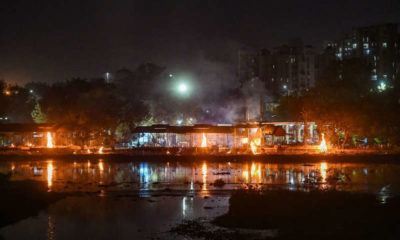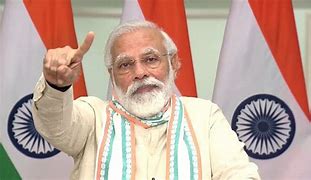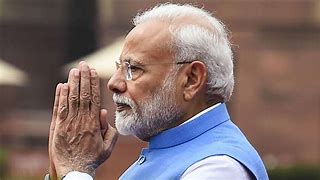Feature
This is how sworn enemies SP-BSP alliance became friends again
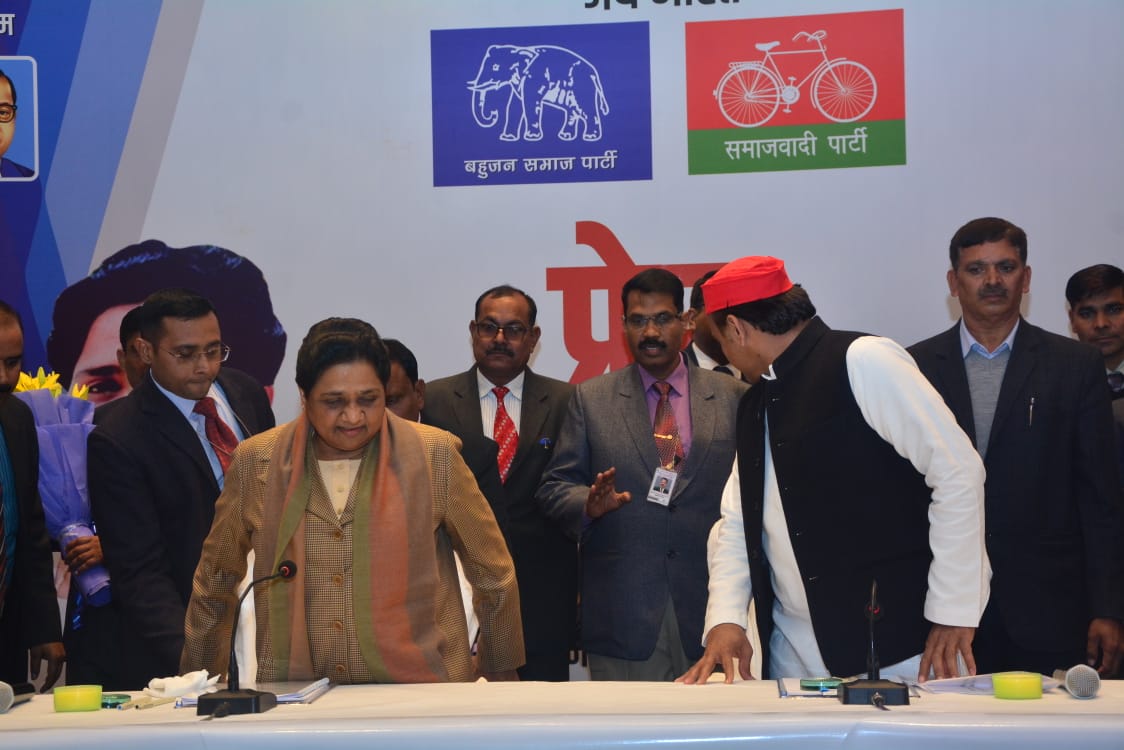
Lucknow: Call it political compulsion or an eye on maximum number of seats in the upcoming Lok Sabha polls, the coming together of Samajwadi Party and Bahujan Samaj Party only proves the adage that in politics, there are no permanent friends or foes.
Once-arch rivals Samajwadi Party (SP) and Bahujan Samaj Party (BSP) Saturday announced their tie-up in Uttar Pradesh for the 2019 Lok Sabha polls, sharing 38 seats each and keeping the Congress out of the alliance.
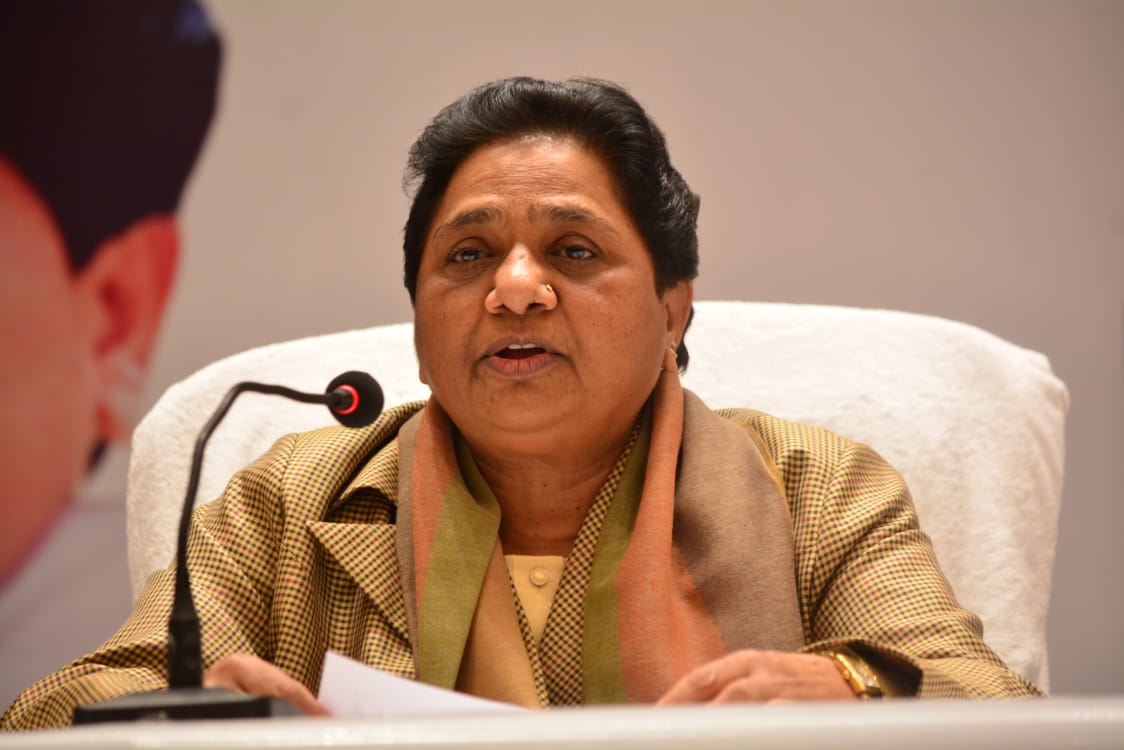
The parties, however, said they would not field candidates in Amethi and Rae Bareli, represented by Congress president Rahul Gandhi and UPA chairperson Sonia Gandhi. They also left two seats, out of 80, for smaller allies.
The parties seem to have forgotten their two decade-old antagonism for a “political revolution” which they hope would “last long”.
“I am moving ahead of the 1995 guest house incident in the interest of the country and to serve the people, who are upset with the BJP’s ‘anti-people’ policies,” BSP supremo Mayawati said Saturday at a press conference here which was also attended by SP chief Akhilesh Yadav.
“The SP-BSP tie-up is a natural alliance. Yeh lamba chaleyga, aagey bhi chaleyga, Lok Sabha chunav ke baad, UP Assembly mein bhi yeh sthayee chalega (This will last long, even beyond LS polls and in UP Assembly elections),” she said, adding it was a “political revolution”.
In 1993, SP-BSP had formed an alliance to stop the BJP’s winning spree after the Ram temple movement.
Then SP chief Mulayam Singh Yadav and BSP founder Kanshi Ram had joined hands and succeeded in leaving a mark in the state politics by winning 167 Assembly seats. The BSP had got 67 seats and SP 109.
The alliance, however, did not last and ended in 1995 after the infamous Meera Bai Marg guest house incident wherein SP workers misbehaved with Mayawati.
An unruly mob of SP workers had stormed into the Meerabai Guest House here where Mayawati was huddled in a meeting with her MLAs.
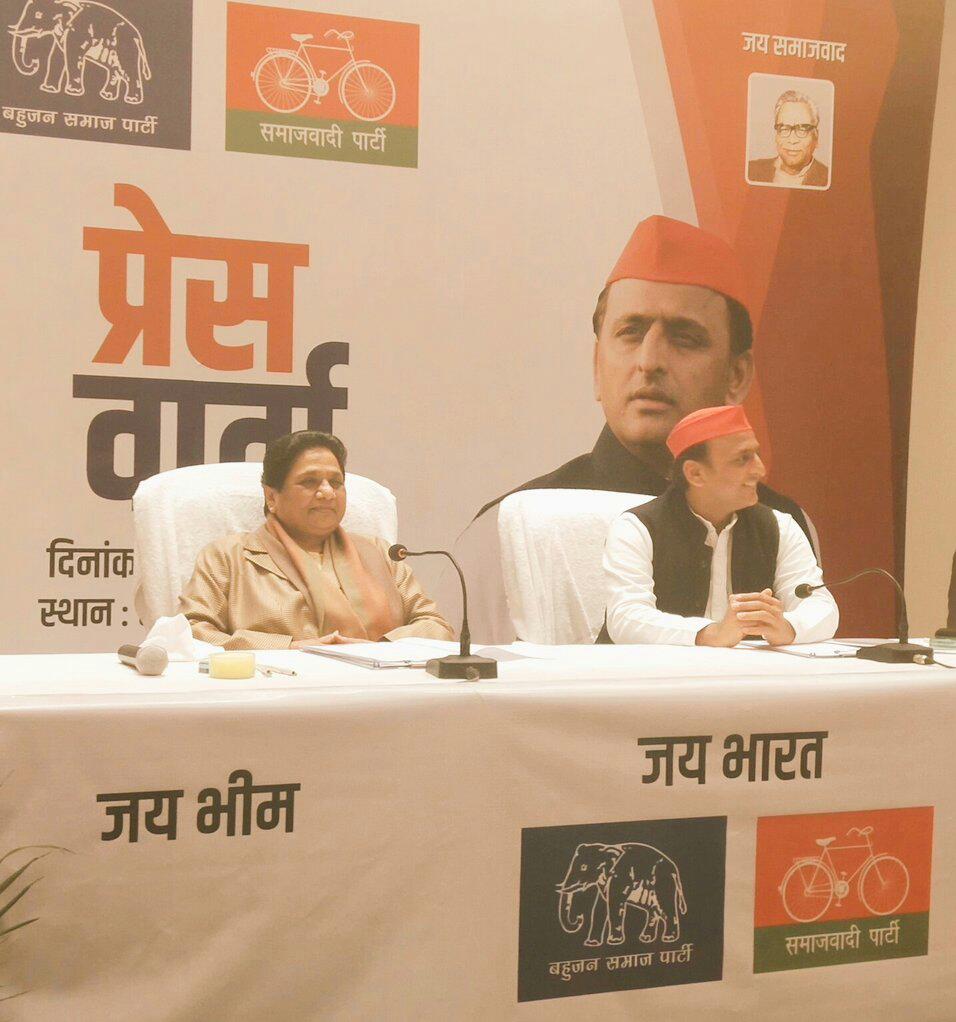
Mayawati’s room was vandalised, she was abused and allegedly beaten up. When the BSP MLAs failed to protect her, BJP MLA Brahm Dutt Dwivedi took her out of the guest house to safety. It was then that the BSP joined hands with the BJP to form the government in the state.
The incident had left an indelible mark in the relationship between the two parties. It was said Kanshi Ram made numerous efforts to revive the coalition, but Mayawati held the fort in her opposition to a possible tie-up.
Read how eye on Lok Sabha polls, SP-BSP alliance again became friends:
However, 23 years later, it seems Mayawati has moved on.
The BSP-SP came close during the parliamentary by-polls in Gorakhpur and Phulpur recently wherein the BSP supported SP candidates who succeeded in winning both the seats – Gorakhpur vacated by Chief Minister Yogi Adityanath and Phulpur by his deputy Keshav Prasad Maurya.
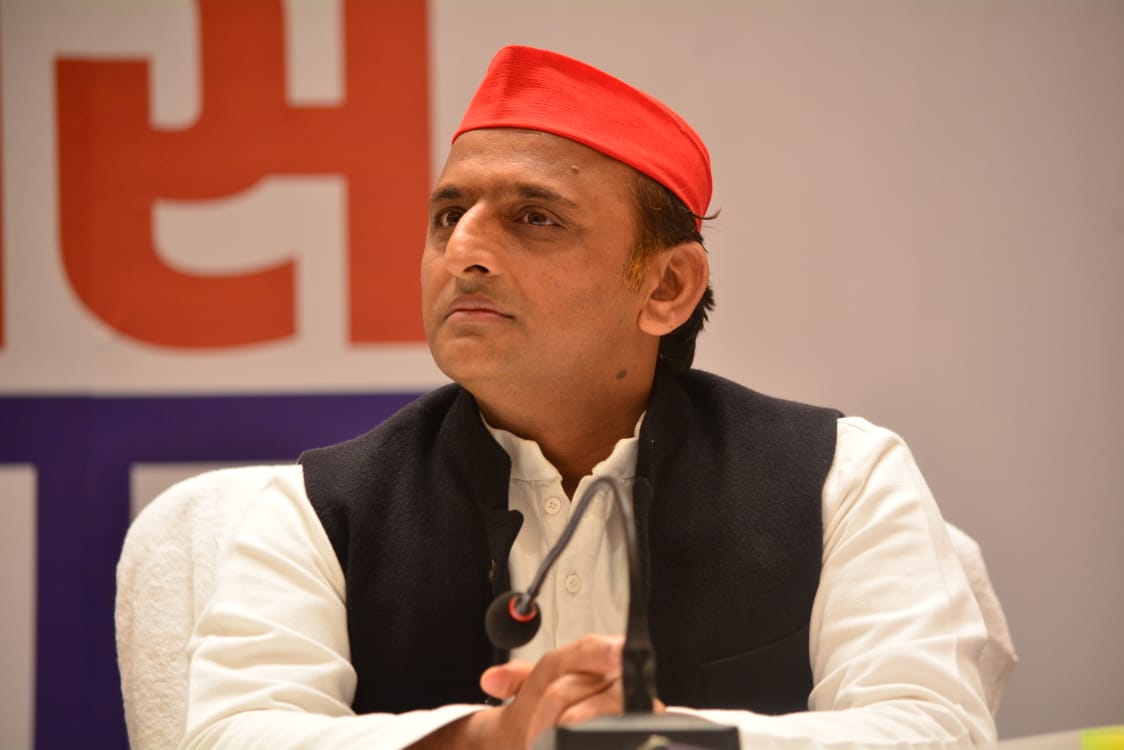
In the 2014 Lok Sabha polls, the SP had won five seats, while the BSP failed to win any seat.
In the 2017 assembly polls, SP and BSP got 22 per cent votes each.
Come to 2019, if both the parties continue to have a say in their traditional vote bank, the combine can create hurdles for the Bharatiya Janata Party (BJP).
In the politically-crucial Uttar Pradesh, there are about 22 per cent Dalits, 45 per cent OBCs and 19 per cent Muslims, whose vote share will be decisive in the general elections this year.
“The SP-BSP alliance will certainly clear the dilemma of Muslim voters who are anti-BJP and with no division of their votes between SP and BSP, our alliance will get their votes in the major chunk,” a senior SP leader said.
Commenting on how the new alliance will be a show stealer, SP president Akhilesh Yadav said, “The path of Delhi’s power traverses through Uttar Pradesh and our alliance will be able to stop the BJP for sure.
“The alliance with BSP was founded in my heart when the BJP conspired and got BSP candidate Bhim Rao Ambedkar defeated during the Rajya Sabha biennial polls. I had said that if I had to take two steps backward for the alliance, I will do it,” he said, thanking Mayawati.
Although Akhilesh Yadav’s estranged uncle Shivpal Yadav, who recently floated the Pragatisheel Samajwadi Party (Lohia), claimed that he would emerge as a “strong force” in the polls, Mayawati asked people “not to waste their vote on his (Shivpal’s) party funded by the BJP”.
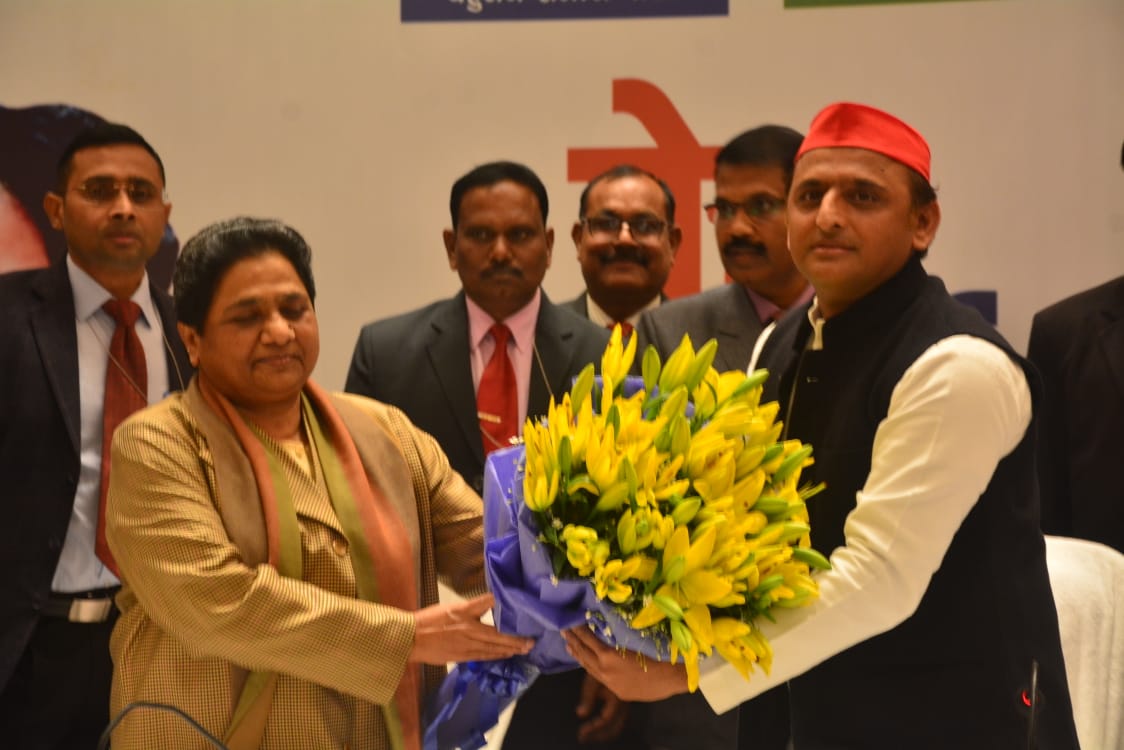
“BJP’s money will go down the drain as it is running Shivpal’s party,” she said.
Akhilesh, however, did not comment on Shivpal’s claim.
Entertainment
Meghalaya Reserves Legalized Gambling and Sports Betting for Tourists

The State Scores Extra High on Gaming-Friendly Industry Index
Meghalaya scored 92.85 out of 100 possible points in a Gaming Industry Index and proved to be India’s most gaming-friendly state following its recent profound legislation changes over the field allowing land-based and online gaming, including games of chance, under a licensing regime.
The index by the UK India Business Council (UKIBC) uses a scale of 0 to 100 to measure the level of legalisation on gambling and betting achieved by a state based on the scores over a set of seven different games – lottery, horse racing, betting on sports, poker, rummy, casino and fantasy sports
Starting from February last year, Meghalaya became the third state in India’s northeast to legalise gambling and betting after Sikkim and Nagaland. After consultations with the UKIBC, the state proceeded with the adoption of the Meghalaya Regulation of Gaming Act, 2021 and the nullification of the Meghalaya Prevention of Gambling Act, 1970. Subsequently in December, the Meghalaya Regulation of Gaming Rules, 2021 were notified and came into force.
All for the Tourists
The move to legalise and license various forms of offline and online betting and gambling in Meghalaya is aimed at boosting tourism and creating jobs, and altogether raising taxation revenues for the northeastern state. At the same time, the opportunities to bet and gamble legally will be reserved only for tourists and visitors.
“We came out with a Gaming Act and subsequently framed the Regulation of Gaming Rules, 2021. The government will accordingly issue licenses to operate games of skill and chance, both online and offline,” said James P. K. Sangma, Meghalaya State Law and Taxation Minister speaking in the capital city of Shillong. “But the legalized gambling and gaming will only be for tourists and not residents of Meghalaya,” he continued.
To be allowed to play, tourists and people visiting the state for work or business purposes will have to prove their non-resident status by presenting appropriate documents, in a process similar to a bank KYC (Know Your Customer) procedure.
Meghalaya Reaches Out to a Vast Market
With 140 millions of people in India estimated to bet regularly on sports, and a total of 370 million desi bettors around prominent sporting events, as per data from one of the latest reports by Esse N Videri, Meghalaya is set to reach out and take a piece of a vast market.
Estimates on the financial value of India’s sports betting market, combined across all types of offline channels and online sports and cricket predictions and betting platforms, speak about amounts between $130 and $150 billion (roughly between ₹9.7 and ₹11.5 lakh crore).
Andhra Pradesh, Telangana and Delhi are shown to deliver the highest number of bettors and Meghalaya can count on substantial tourists flow from their betting circles. The sports betting communities of Karnataka, Maharashtra, Uttar Pradesh and Haryana are also not to be underestimated.
Among the sports, cricket is most popular, registering 68 percent of the total bet count analyzed by Esse N Videri. Football takes second position with 11 percent of the bets, followed by betting on FIFA at 7 percent and on eCricket at 5 percent. The last position in the Top 5 of popular sports for betting in India is taken by tennis with 3 percent of the bet count.
Local Citizens will Still have Their Teer Betting
Meghalaya residents will still be permitted to participate in teer betting over arrow-shooting results. Teer is a traditional method of gambling, somewhat similar to a lottery draw, and held under the rules of the Meghalaya Regulation of the Game of Arrow Shooting and the Sale of Teer Tickets Act, 2018.
Teer includes bettors wagering on the number of arrows that reach the target which is placed about 50 meters away from a team of 20 archers positioned in a semicircle.
The archers shoot volleys of arrows at the target for ten minutes, and players place their bets choosing a number between 0 and 99 trying to guess the last two digits of the number of arrows that successfully pierce the target.
If, for example, the number of hits is 256, anyone who has bet on 56 wins an amount eight times bigger than their wager.




